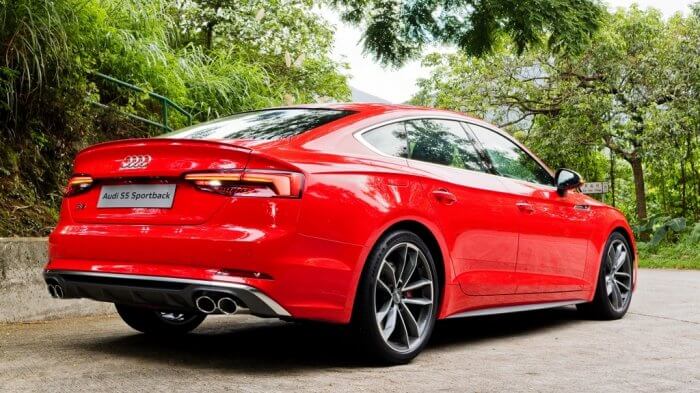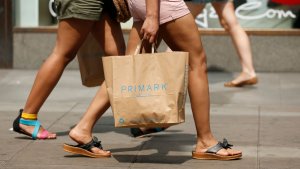Virtual Reality is a gimmick, isn't it? How brands are achieving real traction with clever VR applications.
VR: Retail’s Try Before You Buy Engine
Virtual Reality is a gimmick, isn't it? How brands are achieving real traction with clever VR applications.

For businesses that have begun to experiment with marketing campaigns using VR, it should come as no surprise that Generation Z (those born after 2000) is the demographic most likely to form a bond with them because of it.
One of the industries we’re seeing this most evidently is in retail where Gen Z’ers have significant influence at a relatively young age.
Forming a bond with the youngest generation can be highly lucrative and with 80% claiming they’re more likely to visit a retail environment that offers a VR experience over one that doesn’t, implementing experiential marketing is a compelling proposition.
Consumers of all ages are also beginning to expect the opportunity to ‘try before they buy’. In the early 2000s, Zappos gained renown for allowing customers to return their online purchases without any questions asked.
Warby Parker has continued the trend with eyewear, Casper with mattresses (you can sleep on a Casper mattress for 100 nights and still return it), and Article with furniture.
VR technology presents a whole new way for brands of all kinds to offer the experience. As purchasing habits continue to move online, retailers are increasingly looking for ways to allow their customers to experience their offerings, even when they’re far too large, too far away, or too elaborate to effectively demonstrate.
Therefore, whether it be allowing potential customers to virtually visit a faraway destination without leaving home, to stand inside an unbuilt building, or virtually sit in the driver’s seat of a car they don’t yet own, VR is offering them a sneak peak into what could be their future reality.
Audi has begun offering VR experiences in their showrooms. Visitors to the dealership get to sit in a customized Audi seat and virtually experience the interior of a car – even take the car for a test drive.
And while Gen Z’ers aren’t yet buying Audis (in major numbers), the company is addressing the shift in the retail landscape and positioning itself for these younger buyers as they get older and their disposable income increases.

Carmakers like Audi are boosting sales through VR campaigns
Another retailer offering store visitors a VR experience is The North Face. Strap on a VR headset in store and shoppers were transported to a mountain top in California’s Yosemite National Park. This one is less about trying before you buy than it is about facilitating an emotional connection to a brand experience.
By “taking” consumers to a remote location, they’re empowering them to feel like explorers, and cementing the brand experience in a memorable way.
Outside the more practical virtual ‘trial’ nature of VR, there are powerful emotional connections to be forged. VR showcases experiences that translate into lasting memories. Positive consumer engagement is increasingly challenging at the store level and VR is undoubtedly a compelling tool for retail marketers.
The key is to show content that will get conversation flowing about the experience, and in-turn, your brand and products. The immersive nature of VR content creates a more dynamic emotional experience for users than still images, displays or even video are able to.
UK Retailer TopShop has rolled out several VR campaigns to appeal to their target demographic, including allowing customers to have front row seats at Fashion Week. In May 2017, they launched a VR waterslide experience that took riders through a virtual tour of central London.
While it was a less direct tie in to their products, this execution was about providing exciting in-store experiences with the brand. Global Marketing Director Sheena Sauvaire explained that “as VR technology continues to advance, our desire was to blend it with retail theatre to create an immersive and shareable experience for our consumers as a fun way to celebrate the start of summer.”
When brands deliver a VR experience, they’re offering much more than a gimmick. They’re presenting a new kind of brand experience – one that instantly elicits an emotional reaction in their audiences.
Not only are they providing the opportunity for their customers to sample something before purchase, they’re also looking ahead and finding key ways to form relationships now with the next generation who have the potential to become loyal, long term customers.
Rob Kendal is managing director of Yulio Technologies.
Thanks for signing up to Minutehack alerts.
Brilliant editorials heading your way soon.
Okay, Thanks!

